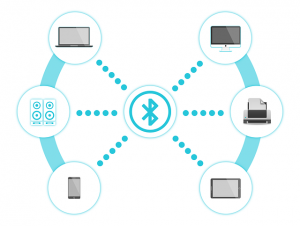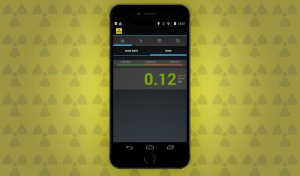Bluetooth has become a common buzz word in many industries. What is Bluetooth and how does it work? Bluetooth is a wireless technology standard for exchanging data over short distances from fixed and mobile devices and building personal area networks (PANs).1 One Bluetooth device can connect up to seven devices at a time.
To connect devices using Bluetooth technology each device must be compatible with the same profile. A profile is a specification regarding an aspect of Bluetooth-based communication between devices. There are several profiles available, but the most widely used are the Advanced Audio Distribution Profile, Hands Free Profile and Headset Profile. Advanced Audio Distribution profile (A2DP) defines how multimedia audio can be streamed from one device to another over a Bluetooth connection.2 The Headset profile (HSP) is the most commonly used profile, providing support for Bluetooth headsets to be connected with mobile phones. The Hands-Free profile (HFP) is generally used to allow mobile phones to communicate with vehicle hands-free kits.





